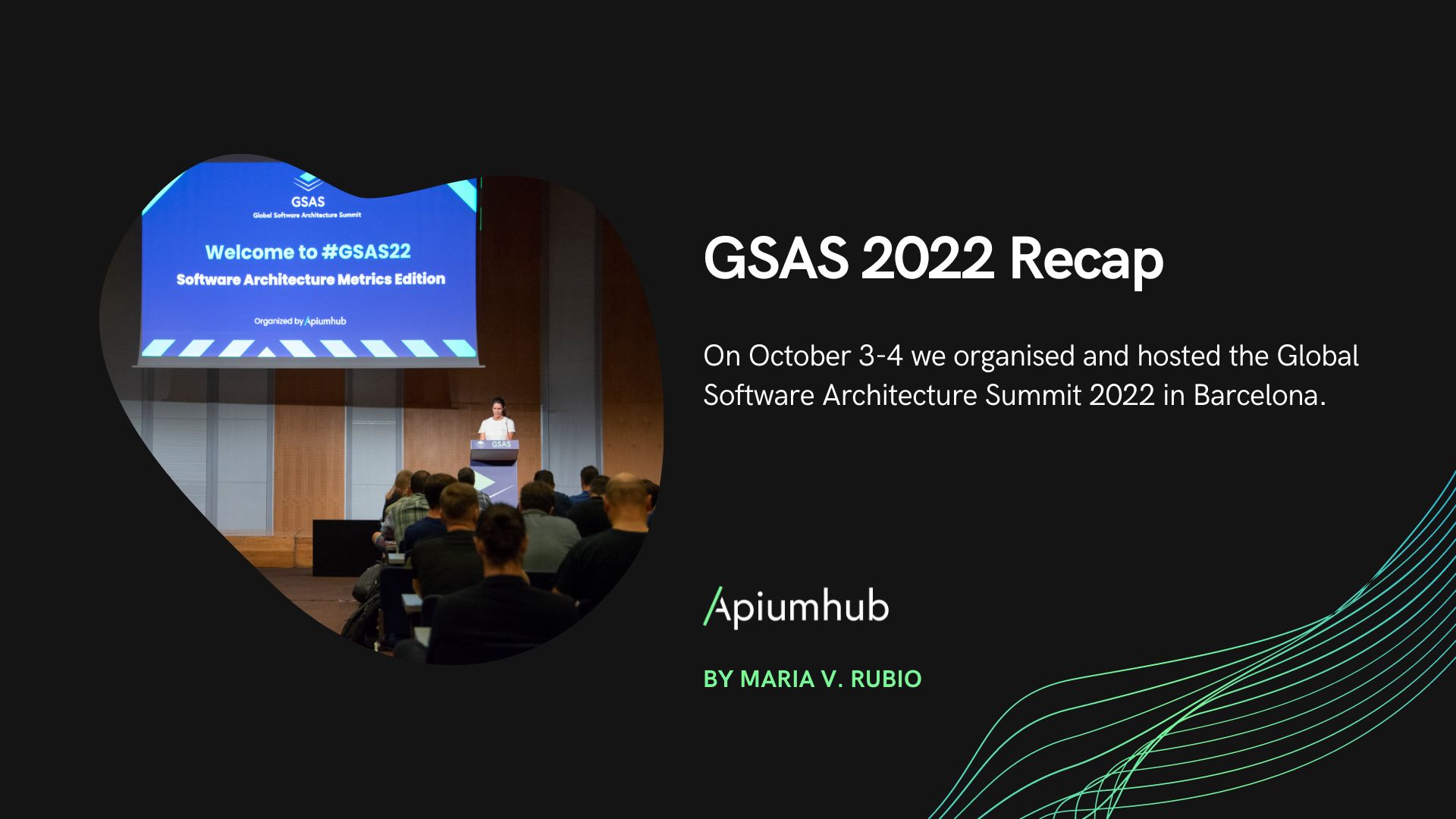Table of Contents
Software documentation tools are very important in software development. It is like a compass for your team. Documentation acts as a reference guide explaining how it works, how it operates, and how to use it. Software teams may refer to documentation when talking about product requirements, release notes, or design specs. They may use docs to detail code, APIs, and record their software development processes. Externally, documentation often takes the form of manuals and user guides for sys-admins, support teams, and other users. Technical documentation helps the new team members adapt faster to the working habits of the company. It provides information on how the product works and why. It helps to speed up a developer’s learning curve significantly. And helps to highlight the main points of an application for a developer who needs context for the application they are supporting.
Database information should be documented without any doubt. It is important to know the type of database, the server information, the data model diagram, etc. Documentation of the database shows all the modifications to the structure and types and additions of indexes.
As for the troubleshooting, this documentation helps when running into production issues. In this document, there should be included an FAQ section to deal with general or usual problems, for example, configuration issues.
Installation and configuration documents are also very useful for when developers need to set up new or additional application environments. Better if steps are detailed and easy to follow, screenshots can be added as well. Details such as necessary software, libraries, and application server versions, can be included to ensure the environment will be compatible and set up as intended.
And the code documentation is the backbone of every application. It can be split into multiple parts: comment blocks and specific file documentation. Information regarding the code repository, step-by-step instructions on how to create an application package or a build to be deployed, etc. Technical documentation and writing, in general, is a helpful tool for memory, it is a well-known fact that lists help keep people organized and there are numerous studies that suggest the act of writing something down ensures it has a higher likelihood of succeeding.
Let me repeat that for a programmer technical documentation is always a must, it is not about doing it or now, it is more about how to do it and what software documentation tools are there to make this process more efficient, because the presence of documentation helps keep track of all aspects of an application and it improves on the quality of a software product. With software documentation tools, you have all the information you need to do the development and maintenance in the right way and you can do the knowledge transfer to other developers easier and faster.
Even the best-written software can turn useless if other developers are unable to understand it. Software documentation tools are what turns your black box into a glass box. Good technical documentation using the right tools will make information easily accessible, provide a limited number of user entry points, help new developers learn quickly, simplify the product and help cut support costs. Also, it looks professional and generates trust.
Normally, software developers work with Jira, therefore the most popular documentation tool is Confluence as these two tools complement each other. Atlassian’s Confluence is a document management system that facilitates collaboration and knowledge sharing across a variety of departments and functions. You can use Confluence to collect your team’s ideas, knowledge, and plans and then switch to Jira in order to create and track issues that are related to this information. Let me tell you a bit more about it:
Reasons to use Confluence for technical documentation
All in one place
You won’t have to search across your email, computer folders, or Google drive to find what you need. You can keep and organize release notes, requirements, and code reviews directly in Confluence. It also means that you won’t waste your time switching between Jira and other resources. Once you integrate the two tools ( Jira and Confluence), you will have access to the right documentation within Jira.
Simple reports
Jira continuously generates data about projects and issues, but in many cases, teams might not have the time or skills to use and understand these reports in detail. That’s why linking Jira to Confluence reports makes a difference. You can present a status report in understandable charts, on a simple user interface for your team and have wealth of data available in Jira in a more visual and organized way.
Collaborative editing
Confluence has customizable templates with a great text editor for creating documents that can be shared. This enables collaborative editing and you can create JIRA issues from anywhere within the tool.
Keep stakeholders on the same page
Confluence allows you to present information in a more user-friendly way for all of your team including non-development teams. Developers may have everything in JIRA but stakeholders tend to prefer not to go searching through technical issues. This is where Confluence comes for creating summaries, synopses, reports, dashboards, progress updates or code metrics.
Knowledgebase
Your team will be able to create and organize knowledge base articles thanks to a blueprint that contains templates for how-to and troubleshooting articles. The templates are fully customizable and will help your team set up the knowledge base quickly. In Apiumhub we use Confluence a lot to create our knowledge base inside the company ( TDD, CI, DDD, Docker, etc).
Project information
This might include project requirements documents, project schedules and budgets, creative materials and wireframes, client files and contracts, and any other administrative details that a project team member might need to know as they are working through the project.
A confluence is a great tool and in Apiumhub we have been using it a lot, however, there are other tools that we also used for technical documentation. Don’t get me wrong, I am not saying that Confluence is not useful, I just want to show you other tools with other features that may be a better alternative for your needs. Let me list down some of them:
Software documentation tools
Huddle’s an all-in-one collaboration hub for your team. It has basically every tool your company might need to stay in sync, including file storage, project management and collaboration tools. What is important to know here is that this tool is for bigger companies that need a secure place to collaborate as an enterprise. The price is $20 per month per user.
Read the Docs is a free platform for software documentation hosting with freely available source code. It facilitates writing technical documentation by automating building, versioning, and hosting for you.
Javadoc is a documentation generator created by Sun Microsystems for the Java language for generating API documentation in HTML format from Java source code.
Markdown is a lightweight markup language with plain text formatting syntax. It is designed so that it can be converted to HTML and many other formats using a tool by the same name. Markdown is often used to format readme files, for writing messages in online discussion forums, and to create rich text using a plain text editor.
Swagger aides in development across the entire API lifecycle, from design and documentation, to test and deployment.
Proper software documentation tools are essential at every stage of working, development process and it doesn’t have to wait for a specific occasion. Technical documentation is simply a habit and a discipline and contrary to what many people think, it does not require great effort. Technical documentation goes in parallel with the development process and there is no need to wait for the entire work to be over.
I hope you found this article useful if you would like to add other tools to our list, feel free to do so in the comments section below.
If you would like to know more about software documentation tools, I highly recommend you to subscribe to our monthly newsletter by clicking here.
And if you found this article about software documentation tools interesting, you might like…
Scala generics I: Scala type bounds
Scala generics II: covariance and contravariance
Scala generics III: Generalized type constraints
Your Team’s Guide to Documentation in Confluence
F-bound over a generic type in Scala
Microservices vs Monolithic architecture
iOS Objective-C app: sucessful case study
Mobile app development trends of the year
Banco Falabella wearable case study
Viper architecture advantages for iOS apps
Be more functional in Java ith Vavr
Author
-
Ekaterina Novoseltseva is an experienced CMO and Board Director. Professor in prestigious Business Schools in Barcelona. Teaching about digital business design. Right now Ekaterina is a CMO at Apiumhub - software development hub based in Barcelona and organiser of Global Software Architecture Summit. Ekaterina is proud of having done software projects for companies like Tous, Inditex, Mango, Etnia, Adidas and many others. Ekaterina was taking active part in the Apiumhub office opening in Paseo de Gracia and in helping companies like Bitpanda open their tech hubs in Barcelona.
View all posts













3 Comments
Andoni Urtanta
Very interesting post!!!
I’m thinking about using Confluence in my organization but I’ll first take a look to those other tools.
Thank you for your post
Steve Tedson
Great explanation of software documentation. Documentation is a must thing while developing softwares
Matt Reiner
Great read, I love: “Technical documentation is simply a habit and a discipline and contrary to what many people think, it does not require great effort.” So true!
I wanted to add Scroll Versions to your list of tools. Previously a tech writer using this tool, I’m now part of the team that makes it; which is fun.
If you’re going to write documentation in Confluence, it adds a lot of superpowers.